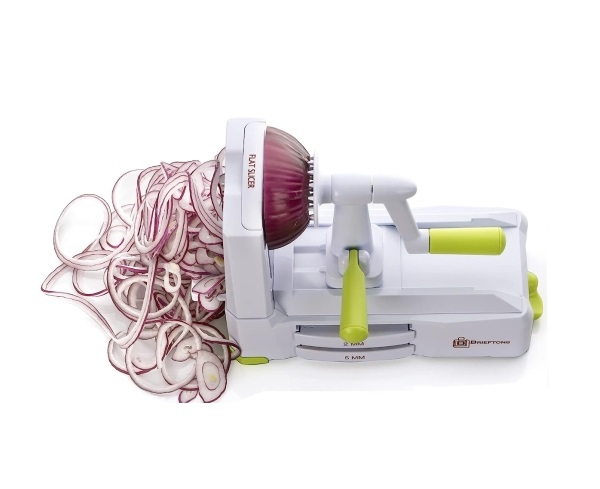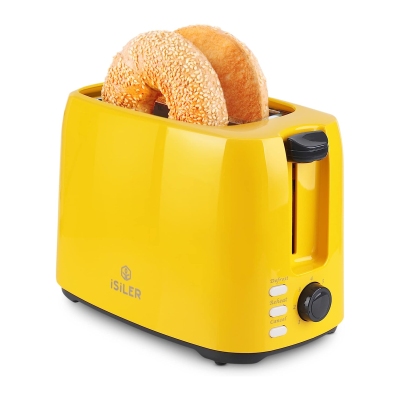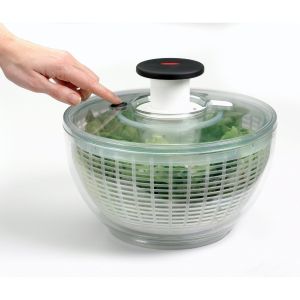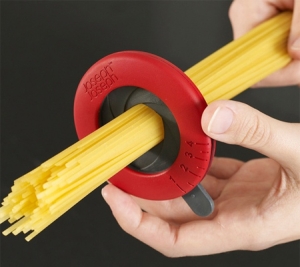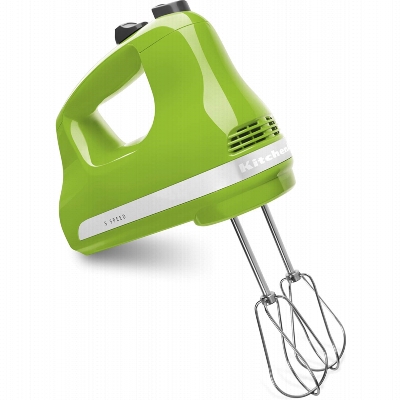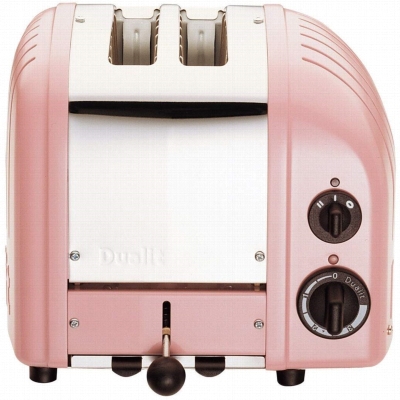Figuring out when your sugar has reached the right temperature for making homemade candy or when your meat is cooked thoroughly enough is a tricky task if you don’t have the right thermometer. Here is how to determine the best thermometer for your kitchen needs.
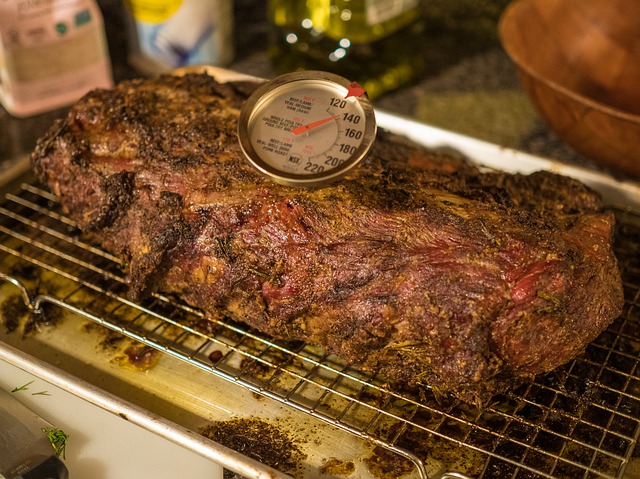
Meat thermometer
This type typically features a large analog dial, making it easy to read. It’s designed to be inserted directly into a meat joint and should remain there throughout the cooking process. To determine the temperature your meat has reached at any moment, simply check the dial. Digital versions are also available; these can be programmed to beep once the meat attains the desired temperature.
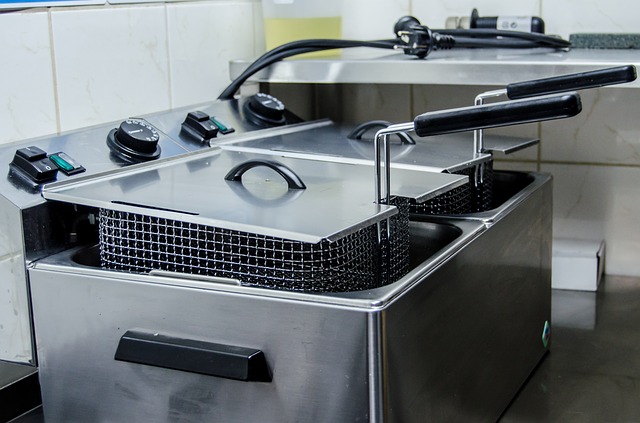
Deep-fry thermometer
Deep fry thermometers are made of glass, and you can use them for deep-frying or candy making. They measure hotter temperatures than a traditional meat thermometer, which might top out at around 175 degrees Fahrenheit. By comparison, a deep-frying thermometer can measure up to 400 degrees Fahrenheit or higher to accommodate the deep frying oil requirements of 375 degrees Fahrenheit.
Typically, these come with a clip to help you secure the thermometer to the lip of your pot and there’s a guide on one side that tells you what temperature do you want to reach for certain tasks like:
- Jam
- Sterilization
- Fruit bottling
- Caramel
This ensures your foods reach the precise point they need.
Oven thermometer
Oven thermometers are designed to gauge the temperature inside of your oven. However, if your oven is older or malfunctioning, it might have hot spots or cool spots. Therefore, you’ll want to be careful to find an oven thermometer that you can place directly on one of the shelves to accurately detect these variations. There are also designs that you can hang from one of the oven racks by a hook, and these make it easier to get more consistent readings.
Refrigerator thermometer
Once you’ve cooked your food to perfection, you don’t want it to spoil. So, with a refrigerator thermometer you can keep conditions cold enough to prevent pathogenic bacteria in regrigerator. These can stick to the inside of your fridge where you can see the temperature or set on a shelf.
